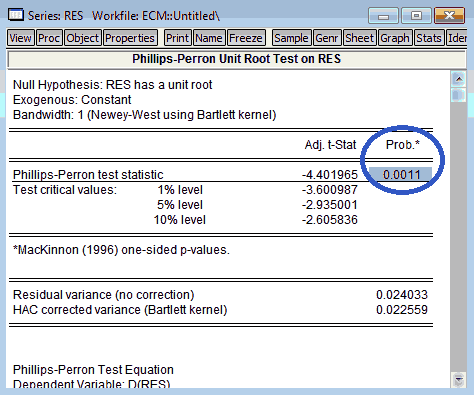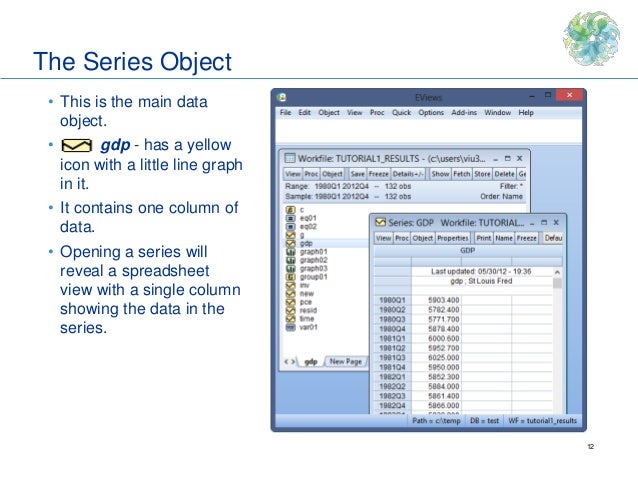

This is a space delimited list where the dependent variable is followed by the regressors which will form the long-run equation.

Open the equation dialog by selection Quick/Estimate Equation or by selecting Object/New Object/Equation and then selecting ARDL from the Method dropdown menu. In EViews, this implies that one can estimate ARDL models manually using an equation object with the Least Squares estimation method, or resort to the built-in equation object specialized for ARDL model estimation.
EVIEWS TUTORIAL HOW TO
EViews offers the user an option on how to select from among these, and we will discuss this when we explore estimation next.Įstimation, Residual Diagnostics, Bounds Test, and Speed of AdjustmentĪRDL models are typically estimated using standard least squares techniques. The optimal combination is then set as that which minimizes some information criterion, say Akaike (AIC), Schwarz (BIC), Hannan-Quinn (HQ), or even the adjusted $R^2$. For instance, with EViews default values $p = q = 4$, the total number of models under consideration would be 100. In a nutshell, the TSIR postulates that there exists a relationship linking the yields on bonds of different maturities. The motivation for this entry is the classical term structure of interest rates (TSIR) literature. The following flow chart illustrates the procedure.

EVIEWS TUTORIAL SERIES
While our two previous posts in this series have been heavily theoretically motivated, here we present a step by step procedure on how to implement Part 1 and Part 2 in practice. Here, we demonstrate just how easily everything can be done in EViews 9 or higher. In Part 1 and Part 2 of this series, we discussed the theory behind ARDL and the Bounds Test for cointegration.


 0 kommentar(er)
0 kommentar(er)
